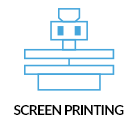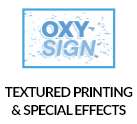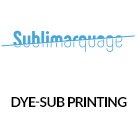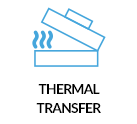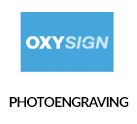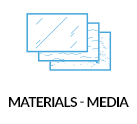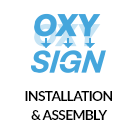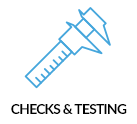Digital printing

Flexibility and quality
Digital printing was initially developed for the communication sector, but is now being used in the manufacturing, aeronautical and railway industries.
It offers a number of advantages, including a flawless visual appearance, high flexibility for small print runs and a wide range of printing media (vinyl, canvas, PVC, paper, Dibond, aluminium, polyester, polycarbonate, fabric, glass, wood, etc.) in small and large formats.
Characteristics
In digital printing, ink is printed directly onto the substrate via the printheads. Your digital file is processed using special software (RIP) which transforms each pixel into electrical pulses sent to the various printheads to print your pattern.
The ink is then dried using traditional drying techniques (Mercury UV lamp) or low-temperature drying (LED UV lamp).
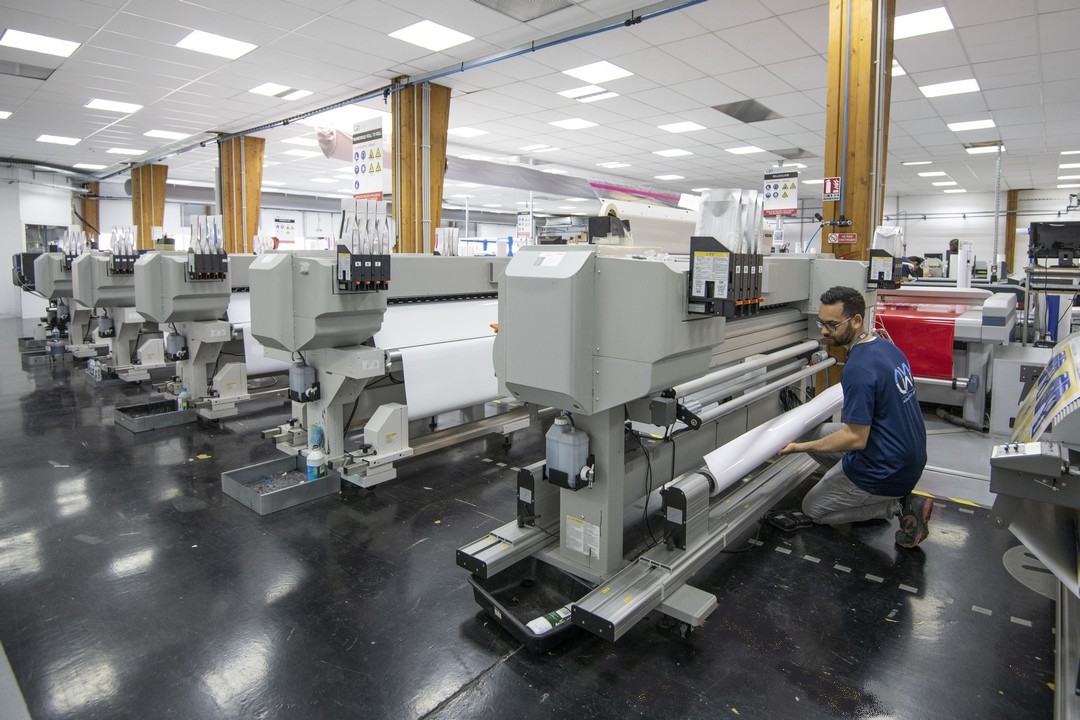
Digital printers
- 1 x COLORADO roll-to-roll printer, 800 dpi (UVGel), up to 1625 mm
- 2 x Nyala 2 printers: wide-format – flatbed and roll, maximum quality 720 x 1080 dpi
- 1 x Agfa Titan HS printer: wide-format – flatbed and roll, maximum quality 720 x 1440 dpii
- 2 x Epson roll-to-roll printers
- 7 x Mutoh roll-to-roll printers (4 UMS and 3 eco-solvent), maximum quality 1080 x 1400 dpi
